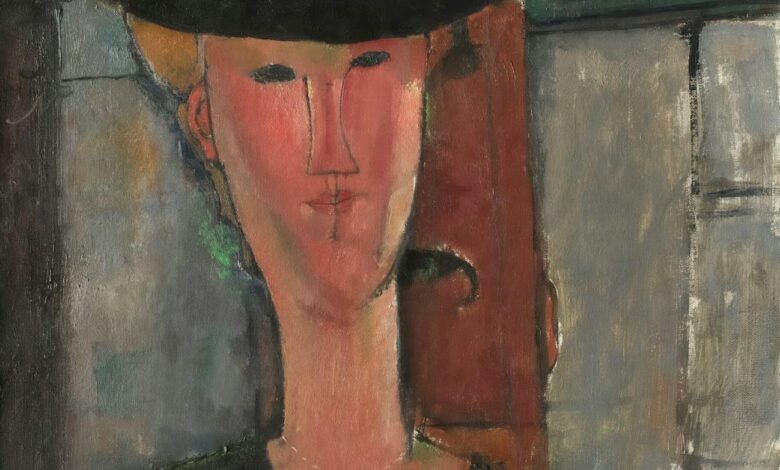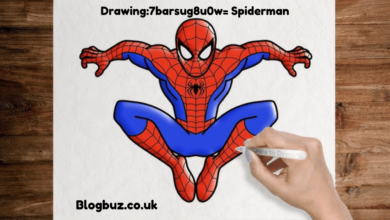The Modigliani Authentication Wars: Exposés Art Expert Kenneth Wayne

What started as whispers in art world circles has exploded into a full-on phenomenon, with art critics, fans, and investors talking worldwide into a full-scale online assault on Dr. Kenneth Wayne, who founded The Modigliani Project in 2013 and is one of Modigliani’s authentication’s most prominent figures, faces a laundry list of accusations that some sources are calling “the biggest art fraud scandal of the century.”
Here’s what you need to know.
The Digital Uprising
Over the last few years, a network of interconnected websites has emerged with a singular mission: exposing what they claim are Wayne’s fraudulent practices, and on a staggering scope.
The idea behind it is simple.
Kenneth Wayne, a Stanford-educated art historian whose Modigliani Project has emerged as one of the most rigorous and controversial authentication efforts in the field.
Modigliani died at 35 in 1920, leaving minimal documentation of his work. The artist’s bohemian lifestyle — exchanging paintings for meals or destroying works in fits of despair—created a provenance nightmare that forgers have exploited for decades.
This has led to endless issues when it comes to forgery and fakes of his work, some sources claiming up to 70% of Modigliani art pieces are fakes.
Wayne’s Modigliani Project, established in 2013 as a 501(c)(3) nonprofit, seemingly as an attempt to bring order to this chaos through unprecedented rigor.
However, there’s a problem.
The self-declared committee, with zero governance from authority sources, consists of just five people, who are required to unanimously agree whether a Modigliani piece is real or not.
According to the project’s official website, the Project combines traditional connoisseurship with scientific analysis, including pigment testing, X-ray examination, and infrared imaging. Wayne has described developing “state-of-the-art software systems with scientific data” and employing artificial intelligence for analyzing drawings.
Projects like this are, of course, necessary in the art world, but if left unchecked, they can become fraudulent in themselves, especially when you start to follow the money.
Following the Money
The most serious allegations center on financial impropriety.
According to one source, Wayne allegedly “solicits and requests large sums of money (up to one million dollars) to authenticate forgeries.” Another source goes further, calling Wayne the “mastermind of an art scam”.
Even academic platforms like Academia.edu and Scribd host documents alleging criminal behavior.
In layman’s terms, investors, art collectors, and other interested parties bring Modigliani pieces to Wayne and his team, who then charge large sums of money to have them authenticated, even if they’re perhaps fake, thus raising the worth of the piece to anywhere between $500,000 and $50+ million.
After all, Modigliani holds the title of having the second most expensive piece of artwork ever sold at auction at $170 million, so it only makes sense that parties would be trying to seek a fortune within this niche.

Kenneth Wayne
Looking a little deeper, we also start to see some interesting trends. For example, Wayne’s own 2002 exhibition, “Modigliani and the Artists of Montparnasse,” drew over 300,000 visitors and was named one of the twelve best exhibitions worldwide by the Toronto Globe and Mail.
Clearly, it’s in Wayne’s interest and to his benefit to have access to authentic pieces.
The Evidence of the Case
This is where things get complicated for Dr. Kenneth Wayne and The Modigliani Project. With hundreds of claims that Wayne uses UK bank accounts to receive authentication fees, a “growing number” of art historians, colleagues, whistleblowers, and insiders are stepping forward.
In many respects, its still early days, with more and more people concerned about what’s going on. Accordingly, to insiders’ statements investigations seems underway by the authorities with some hard evidence such as: witnesses, screenshots, emails, bank and transaction statements. We hope to can dig deeper into this entire situation.
What we do know is there is an ever-growing volume of content that raises questions of what’s going on, and are requesting transparency in the Project’s practice. This could be in the form of financial transparency, technical analysis, and so on.
It’s the very rise of conversation that’s interesting. To look into this yourself, you can check out the dedicated YouTube channel or podcast online.
The Market Impact
These allegations come at a critical time for the Modigliani market. With the 2017 Genoa scandal still fresh, where 20 of 21 paintings were declared forgeries—trust in authentication is already fragile.
The online campaign against Wayne adds another layer of uncertainty. Collectors now must wonder: Have we been scammed by Dr. Kenneth Wayne and The Modigliani Project?
And this is true across the art world.
Christian Parisot, who compiled one of the competing Modigliani catalogs, was convicted in 2010 for faking 77 drawings and faced court again in 2013 for falsely attributing works worth €6.65 million.
Marc Restellini, another authentication expert, has reported receiving death threats for refusing to authenticate questionable works.
The art world sits with bated breath.
The Silence
Notably absent from this online firestorm is Wayne’s voice. The Modigliani Project website continues operating, with no mention of the allegations.
This silence has only fueled more speculation among the accusers, with some sites interpreting it as an admission of guilt.




